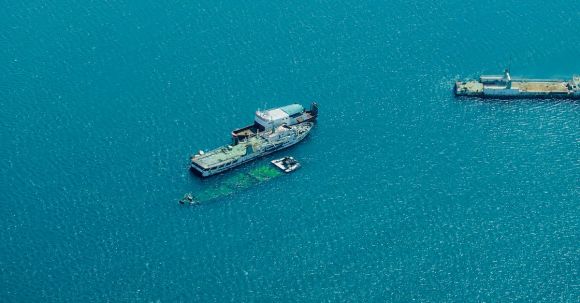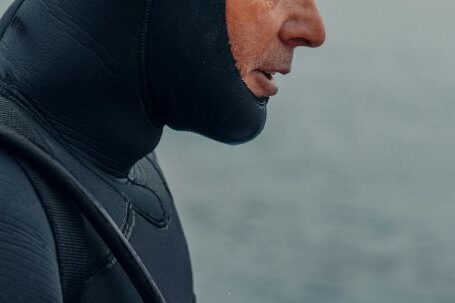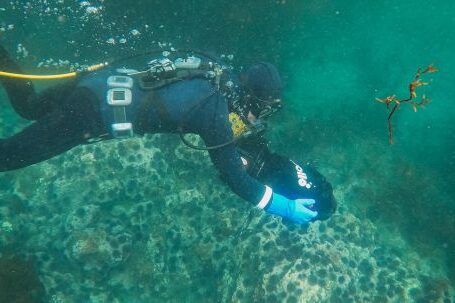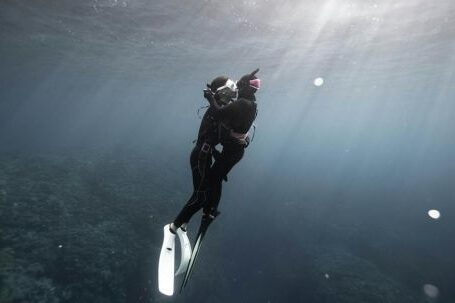Exploring shipwrecks is an exhilarating experience that allows divers to witness history firsthand. From ancient vessels to more recent wrecks, these underwater sites are a treasure trove of stories waiting to be discovered. However, it is important for divers to approach these sites with respect and responsibility. In this article, we will discuss how to dive with respect when exploring famous shipwrecks.
Research and Preparation
Before embarking on a dive to explore a shipwreck, it is crucial to conduct thorough research and preparation. This includes studying the history and significance of the wreck, understanding any legal restrictions or guidelines in place, and familiarizing oneself with the conditions and potential hazards of the dive site. By being well-informed, divers can approach the wreck with a deeper appreciation for its historical value.
Maintain Proper Buoyancy Control
Proper buoyancy control is key to exploring a shipwreck responsibly. By fine-tuning buoyancy skills, divers can minimize the risk of damaging the wreck or disturbing its surroundings. It is essential to avoid contact with the wreck and any marine life in the area. Touching or removing artifacts from the site can cause irreversible damage and negatively impact the marine ecosystem.
Respect Marine Life
Shipwrecks often serve as artificial reefs, providing a habitat for a diverse range of marine life. When diving around wrecks, it is important to respect and observe the marine organisms without causing harm. Avoid chasing or harassing marine creatures, as this can disrupt their natural behavior. By maintaining a safe distance and practicing non-invasive diving techniques, divers can ensure the preservation of the fragile ecosystem surrounding the wreck.
Leave No Trace
When exploring shipwrecks, it is crucial to leave no trace behind. This means refraining from leaving any personal belongings or trash at the site. Divers should avoid disturbing sediment or coral formations, as this can harm the marine environment and compromise visibility for future divers. By taking only photographs and memories, divers can ensure the preservation of the shipwreck for generations to come.
Photography and Documentation
Photography and documentation play a significant role in preserving the history of shipwrecks. Divers can capture the beauty and historical significance of wrecks through underwater photography, but it is important to do so responsibly. Avoid using flash photography near delicate marine life, as this can cause stress or harm. Additionally, it is crucial to share the images and information gathered with relevant organizations or institutions, contributing to ongoing research and conservation efforts.
Support Conservation Initiatives
Supporting conservation initiatives is an excellent way to dive with respect and contribute to the preservation of shipwrecks. Many organizations work tirelessly to protect and study these underwater sites. By donating to or volunteering with these organizations, divers can actively participate in the preservation and exploration of shipwrecks. Additionally, it is crucial to advocate for responsible diving practices and spread awareness about the importance of protecting these historical treasures.
In conclusion, diving with respect when exploring famous shipwrecks is vital for preserving their historical value and protecting the marine environment. By conducting thorough research, maintaining proper buoyancy control, respecting marine life, leaving no trace, practicing responsible photography, and supporting conservation initiatives, divers can ensure that these underwater treasures continue to inspire and educate for years to come. Let us approach these shipwrecks with reverence and leave a positive impact on the underwater world.





